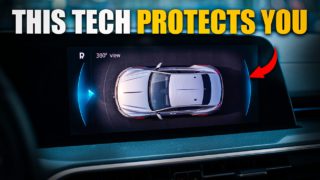Car manufacturers have always chased the next breakthrough—those “wow” features that separate their rides from the pack. But decades before Tesla made self-parking mainstream, inventors were already dreaming up solutions that would make today’s engineers nod in approval. These forgotten innovations prove that great ideas don’t always need perfect timing to be brilliant.
11. Swiveling Headlights (1960s)

Tucker and Citroën made headlights that followed curves like a faithful golden retriever.
The idea was simple: if your car turns, shouldn’t your lights turn too? Preston Tucker thought so in 1948, and Citroën perfected it in the DS two decades later. Using linkages tied to the steering, the DS’s inner lamps pivoted to illuminate the road ahead through corners. It was a small but cinematic upgrade—drivers felt like pilots gliding through fog instead of fighting against it.
10. Air Conditioning Controls for Rear Passengers (1960s)
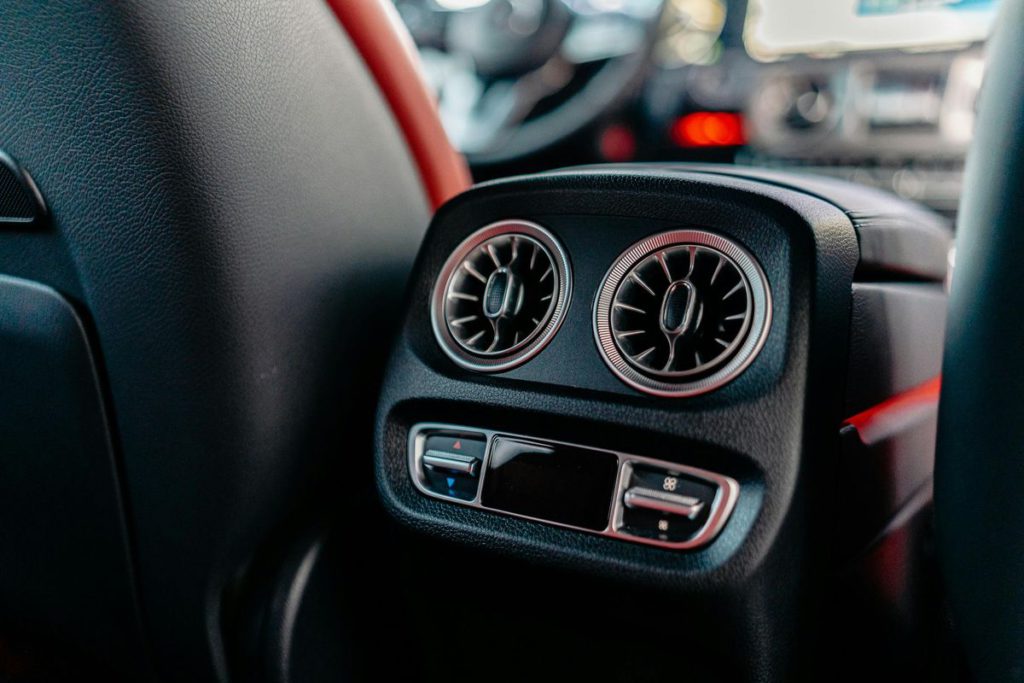
Cadillac gave back-seat riders climate control when most cars barely had heaters.
Back when “riding in the back” meant chauffeur service, Cadillac made sure you weren’t sweating through your suit. Rear A/C controls let passengers adjust temperature and airflow independently—a luxury that made long summer drives through Texas tolerable. Today, multi-zone climate control is everywhere, but in the ’60s, it was pure limousine-level wizardry.
9. Voice-Activated Radio Controls (1990s)
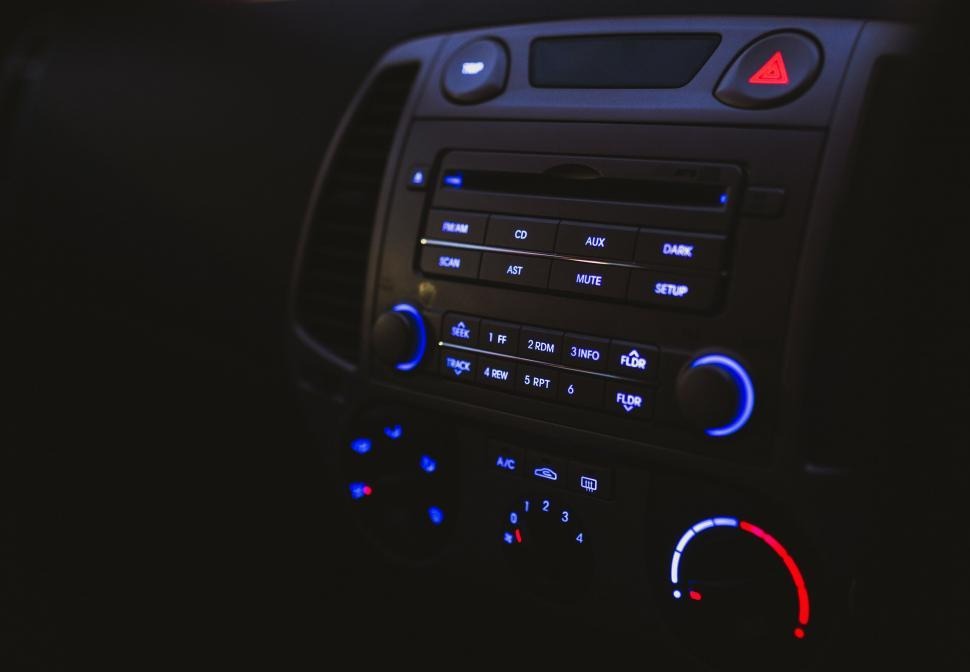
Oldsmobile pioneered hands-free entertainment before anyone said “Hey Siri.”
In 1995, the Oldsmobile Eighty-Eight featured a voice-command system called GuideStar. Drivers could bark orders like “radio on” or “play tape,” and the car would actually obey—most of the time. It was clunky, often misheard commands, and required a specific tone of voice. But it was a bold step toward the era where your car listens, learns, and sometimes interrupts.
8. Night Vision Systems (2000s)

Cadillac’s infrared cameras spotted pedestrians when backup cameras were still luxury items.
In 2000, Cadillac’s DeVille introduced Night Vision, a thermal imaging system projected onto the windshield. Using military-grade infrared sensors, it displayed ghostly white figures of pedestrians or deer far beyond the reach of headlights. It looked like a scene from a spy movie—and cost about as much to repair—but it marked one of the first times your car could literally see what you couldn’t.
7. Rain-Sensing Wipers (1990s)
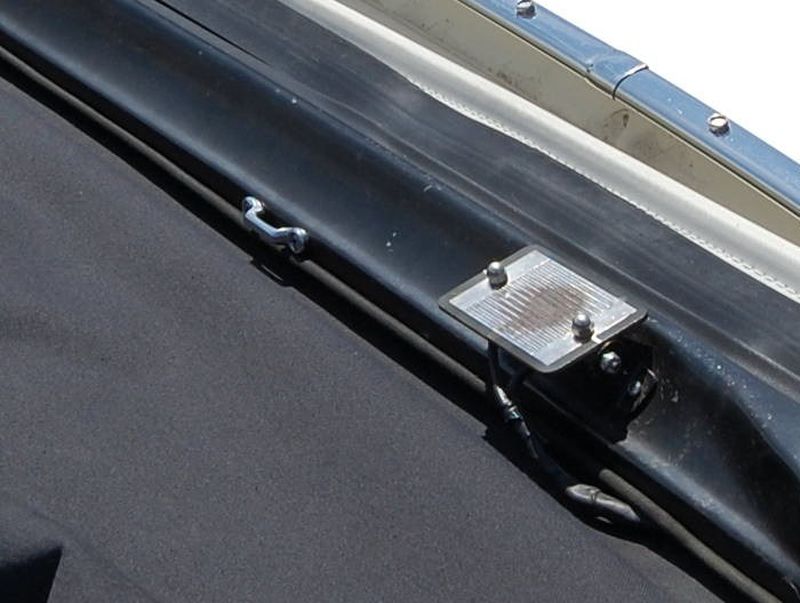
Mercedes made wipers smarter than most drivers’ weather predictions.
Mercedes-Benz equipped the 1999 S-Class with optical sensors that detected raindrops on the windshield and activated the wipers automatically. The sensitivity could even adjust based on how hard it was raining. What used to be a reflexive flick of the stalk became a symbol of engineering polish—proof that even rain was something Mercedes could engineer around.
6. Adaptive Cruise Control (1990s)
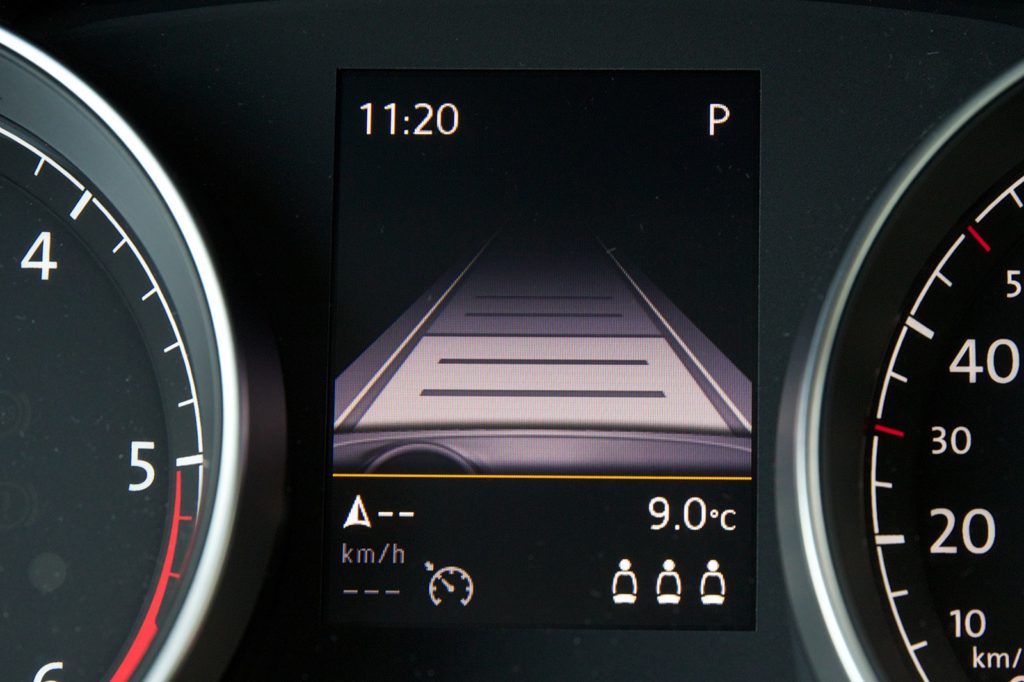
Mercedes created highway autopilot when most people still used MapQuest.
Long before “Autopilot” became a Silicon Valley trademark, Mercedes’ Distronic system used radar to maintain a safe distance from the car ahead. It was cruise control with a sixth sense—slowing down in traffic, speeding back up when the lane cleared. In an age of paper maps and dial-up modems, it felt like magic from the future.
5. Heads-Up Display (1980s)
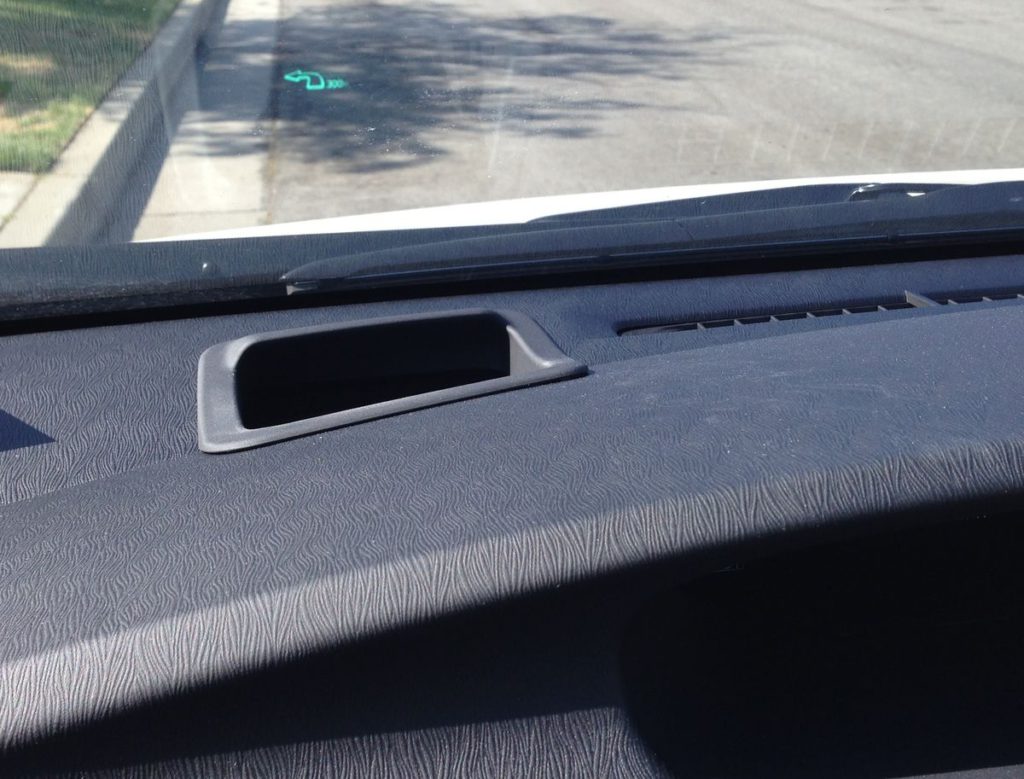
General Motors projected speed onto windshields like fighter jets for the suburbs.
Borrowing from military aviation, GM introduced a HUD in the 1988 Oldsmobile Cutlass Supreme. Drivers could see their speed floating ghost-like above the hood, without glancing down at the dash. It was a sci-fi flex in the age of cassette decks and ashtrays, and though few buyers noticed, the idea quietly became a mainstay in luxury cars decades later.
4. Memory Seats (1980s)
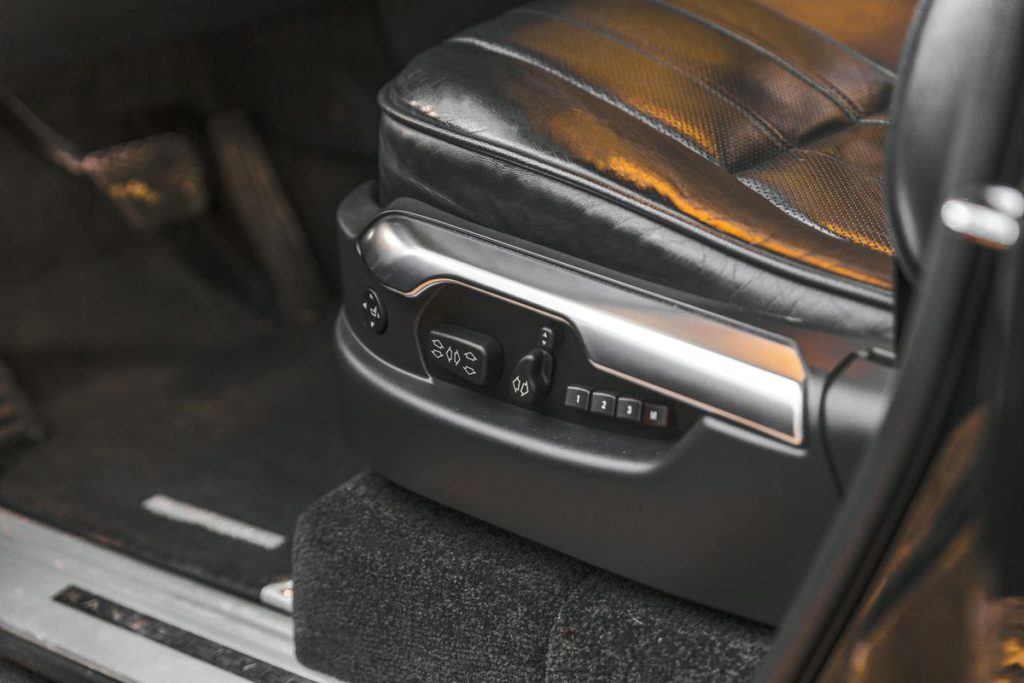
Cadillac remembered your perfect driving position better than your anniversary.
In the 1981 Cadillac Seville, you could save seat positions for two different drivers with the push of a button. No more tugging levers or adjusting mirrors after someone else borrowed your ride. It was part convenience, part quiet flex—a mechanical way of saying, “This car knows me.”
3. Keyless Entry and Push-Button Start (1990s)

Mercedes eliminated fumbling for keys when cell phones still had antennas.
The 1998 Mercedes S-Class debuted SmartKey, a proximity-based system that unlocked doors and started the engine with a button. No twisting, no searching, just presence. At the time, it seemed like excess; today, you’d feel naked without it. It was the first real sign that the “key” was no longer an object—but an idea.
2. Lane Departure Warning (2000s)

Infiniti kept drowsy drivers between the lines before coffee became artisanal.
Infiniti’s 2005 FX35 could sense when your car drifted across lane markings using a small camera mounted near the mirror. If you started to wander, it’d buzz the steering wheel like an annoyed passenger. It was the earliest whisper of today’s driver-assist tech—equal parts nanny and lifesaver.
1. Parking Sensors (1990s)
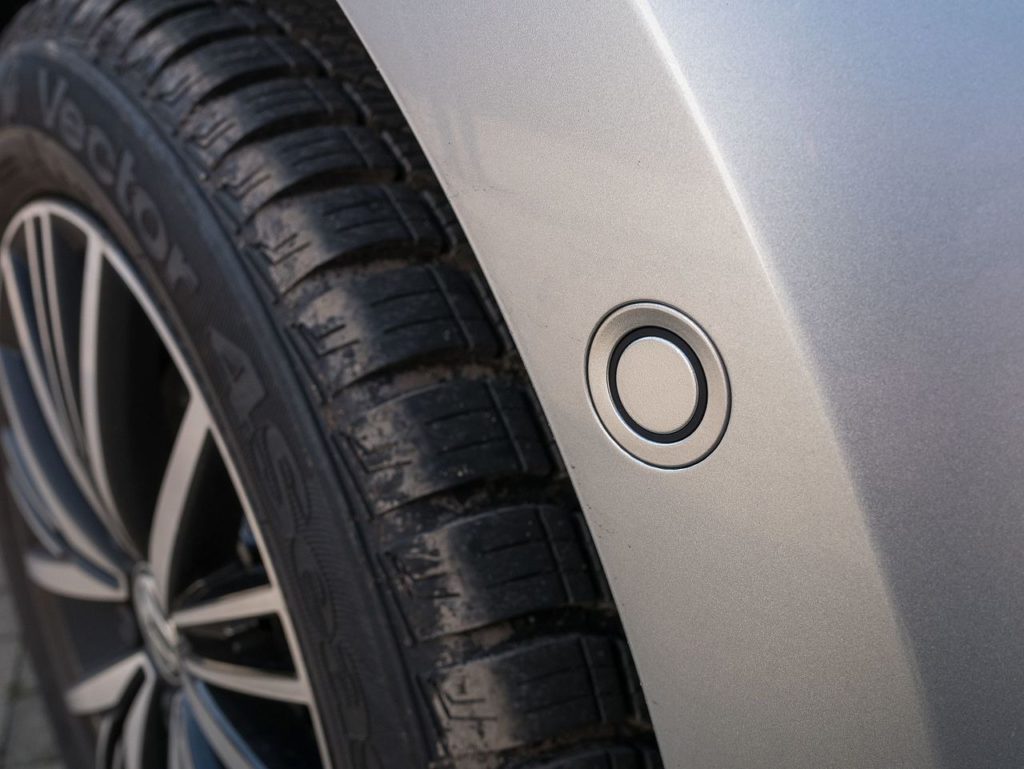
Toyota made backing up foolproof when parallel parking was still an art form.
In 1993, Toyota’s Park Assist used ultrasonic sensors to detect obstacles behind the car, warning drivers with a series of escalating beeps. Suddenly, the fear of bumping a mailbox or tapping a bumper was replaced with digital confidence. It was the humble ancestor of modern 360° camera systems—and arguably the best argument for beeping at yourself.





